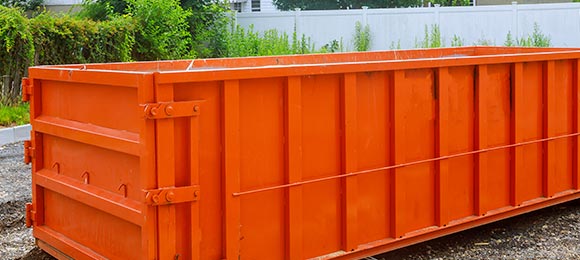
Pennsylvania, with its rich history and diverse landscapes, finds itself at a critical juncture concerning environmental challenges. As the state celebrates its 1-year birthday since embarking on a journey to address pollution concerns, it stands at an environmental crossroads.
Historical Context
Pennsylvania’s industrial past has left an indelible mark on its environment. The legacy of coal mining, steel production, and manufacturing activities has contributed to air and water pollution, soil contamination, and a host of environmental issues. As the state developed into an economic powerhouse, the toll on its natural resources became increasingly apparent.
Air Quality Challenges
One of the pressing concerns in Pennsylvania is air pollution, particularly in urban centers and industrial regions. The combustion of fossil fuels, industrial emissions, and vehicular traffic have led to elevated levels of pollutants such as particulate matter, nitrogen oxides, and volatile organic compounds. The impact on public health is significant, with respiratory diseases and other health issues affecting communities near industrial hubs.
Initiatives for Cleaner Air
Pennsylvania has taken significant steps to improve air quality. Investments in renewable energy, stricter emission standards for industries, and promotion of electric vehicles are part of the state’s strategy. The implementation of the Regional Greenhouse Gas Initiative (RGGI) reflects Pennsylvania’s commitment to reducing carbon emissions and mitigating climate change effects.
Water Pollution Challenges
Pennsylvania’s waterways face pollution challenges from agricultural runoff, industrial discharges, and outdated sewage systems. Contaminants such as nutrients, sediment, and industrial chemicals compromise the quality of rivers and streams. The Chesapeake Bay, into which many of Pennsylvania’s rivers flow, is particularly affected by the state’s water pollution issues.
Initiatives for Cleaner Water
Efforts to address water pollution in Pennsylvania include stricter regulations on industrial discharges, incentives for sustainable agricultural practices, and upgrades to sewage treatment infrastructure. The Clean Water State Revolving Fund has been instrumental in financing projects aimed at improving water quality across the state.
Soil Contamination and Brownfields
Decades of industrial activities have left a legacy of contaminated soil in many parts of Pennsylvania. Abandoned industrial sites, known as brownfields, pose environmental and health risks. Soil contamination, often containing hazardous substances, hinders land use and redevelopment opportunities.
Brownfield Redevelopment Initiatives
Pennsylvania has implemented programs to encourage the redevelopment of brownfield sites. These initiatives involve soil remediation, making the land suitable for various purposes while addressing environmental concerns. The revitalization of these areas contributes to economic development and reduces the pressure to convert green spaces into industrial zones.
Climate Change Impacts
Pennsylvania, like the rest of the world, faces the challenges of climate change. Increased temperatures, extreme weather events, and shifting precipitation patterns impact agriculture, ecosystems, and overall community resilience. Addressing climate change requires a comprehensive approach that considers both mitigation and adaptation strategies.
Renewable Energy and Climate Action
Pennsylvania has made strides in promoting renewable energy sources such as solar and wind power. The state’s commitment to increasing the share of clean energy in its power generation mix is a crucial step towards mitigating climate change. Additionally, the development of climate action plans at the state and local levels aims to enhance resilience and reduce vulnerabilities.
Community Engagement and Environmental Justice
An integral aspect of addressing pollution challenges in Pennsylvania is ensuring environmental justice. Historically, marginalized communities have borne the brunt of industrial pollution and environmental degradation. Efforts to rectify this imbalance involve community engagement, inclusivity in decision-making processes, and targeted initiatives to uplift affected populations.
As Pennsylvania reaches its 1-year milestone in confronting pollution challenges, the journey toward a cleaner and healthier environment is ongoing. The state’s comprehensive approach, combining regulatory measures, technological advancements, and community involvement, showcases a commitment to sustainable development. Pennsylvania’s environmental crossroads are not only a reflection of past industrial impacts but also an opportunity to shape a greener, more resilient future. The ongoing efforts to address air and water pollution, soil contamination, and climate change position Pennsylvania as a leader in environmental stewardship, setting an example for other regions facing similar challenges.

